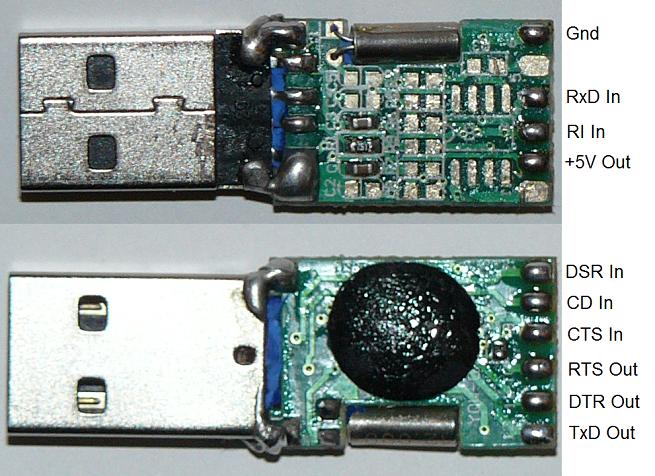Wasnt using the 2.0.0.18 drivers, todays testing was using 2.0.13.130 version which was on that page you recommended but would not work on your system (you mentioned [!] yellow mark)What you observe regarding Prolific is typical to 2.0.0.18 version .... as already mentioned.
http://www.vems.hu/wiki/index.php?page= ... dowsDriver
Tonight's testing with this version and LogWorks was a nightmare. It would continuously disconnect but that may be because of my temporary LC-1 install not having a decent enough ground. Regardless it would not reconnect without completely turning off the car and unplugging the USB serial converter from the laptopRecommended Driver [Prolific Windows driver 1.3.0 (2010-7-15)], which contains the 2.0.13.130 XP driver. For more information, release notes are included in ZIP file
That same page with the drivers you have posted indicated:
When installing on my XP32 laptop and using 'manually' then 'have disk' and pointing to 2.0.0.26 it results with 'invalid data' so wont install. This is because the 2.0.13.130 is already installed. Tried my other XP PC and 2.0.0.26 installed fine. Will see if I can clean out the laptop of all previous driver versions and try again2.0.0.26 (2004-06-25) seems to work on at least one windows-XP, but not recommended anyway
From LC-1 manual I noted the following
Disconnects can happen because of bad grounding it appears. I dont think disconnects are a Nistune specific issue is basically what I am saying. Innovate logworks does retry on disconnect so potentially we could try the same (additional user option) but I am unsure how we know when a disconnect is intentional (ie ignition off) so a mechanism to cancel similar to Innovate logworks may be required2.3 Electrical Grounding Concerns
The electrical environment inside a car provides unique challenges, combining high voltages and currents, low-voltage signals, convoluted signal paths, and variable conditions (i.e., fans turning on and off, or starter cranking).
When using precision electronics, it is important for ALL electronics to share a common ground. Remember that “Ground” is more than just the return path for any circuit- it is also the reference against which any voltage is measured.
Since it is not always practical to ground every device to the exact same location, here are some tips on grounding:
1. The BEST grounding scheme is all grounds (i.e., ECU, Gauges, LC1 heater, LC1 system, etc.) SOLDERED into a single lug and bolted to the engine block.
2. The next best is all grounds attached to the same source, as close as possible, but on separate lugs. This is because even the corrosion between lugs can create ground offset and noise. Incidentally, this is why many ECUs have separate ground wires for injectors vs. ECU system ground- separating high voltages and low voltages reduces noise.
3. Grounding to the engine block is usually better than grounding to the frame.
4. Grounding a gauge to the radio is usually bad- ground offset can vary with volume.
5. Grounding to an ECU housing is generally not optimal- housings are strapped to the frame for shielding, but not necessarily grounded.
6. One of the WORST things to do is to ground most of your electronics to one place (i.e. the engine block), but ground one device somewhere else (i.e., the frame). Not only can this result in ground offsets, it can also create a “path of least resistance” for high currents THROUGH a low-current device. This can result in melted wires and vaporized diodes, when, for example, starter currents flow through gauges.

